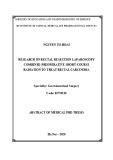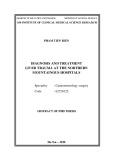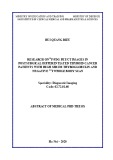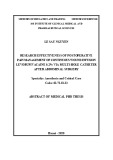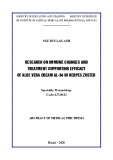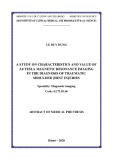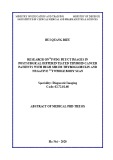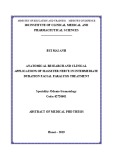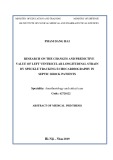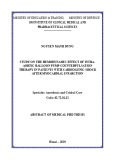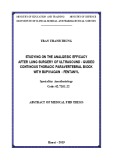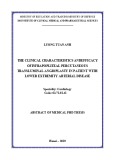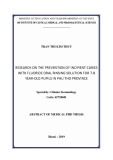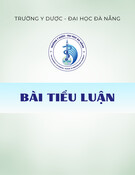
2
Chapter 1
OVERVIEW
1.1. LEAD Concept
Lower extremity arterial disease (LEAD) is only partially or
entirely in the lower limbs is not provided with adequate blood,
responding to physiological activities, with a duration of time
more than two weeks. This concept excludes acute limb
ischemia, vessel wounds, vascular complications.
The cause of LEAD is the development of atherosclerotic
plaques, which cause a narrowing or complete blockage of the
limb vessels.
Below the knee (BTK) arteriesincludes tibial artery (aterior
tibial artery, posterior tibial artery, peroneal artery), pedal artery
(dorsal pedal artery, medial plantar artery, lateral plantar artery).
1.2. Clinical Characteristics of LEAD
LEAD progresses through several stages, from asymptomatic,
claudication, rest pain, ulcer and gangrene. Critical limb ischemia
(CLI, including rest pain, ulcer and gangrene lower limb) with
infrapopliteal arterial lesion, considered the end stage of the LEAD,
threaten to limb losss.
LEAD is a common chronic cardiovascular disease caused by
atherosclerosis, with coronary artery disease and stroke, the
prevalence of 3-7% of the population (20% in people over 70 years of
age), of which the rate of CLI is 1 % population.
Common risk factors of LEAD are elderly age (> 50 years),
smoking, diabetes, hypertension, and dyslipidemia.








